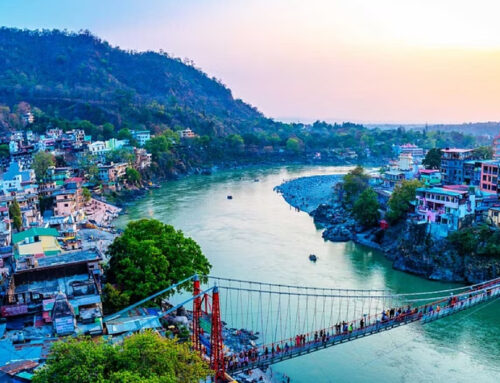
Customs duty will be applicable on solar equipment from April next year (2022). Indian solar energy developers are constantly looking for new ways to keep input costs low.
From the next financial year, the Indian Government is going to impose the Basic Customs Duty of 25% on solar cells and 40% on solar modules. To avoid those higher taxes, some developers plan to import solar cells only. After importing the PV cells, developers have planned to assemble them into solar modules by local manufacturers.
In this way, the solar developers will be able to save the higher duty cost on solar modules. It is very important because after imposing Basic Customs Duty, the total cost of solar modules required for a solar project will almost be more than 50% of the total project’s cost. While the solar tariff is at its lowest price, the developers are trying to keep the cost as low as possible.
Even when India is running the world’s largest green energy program, it still has a vastly low capacity for local manufacturing. India has only 3 gigawatts (GW) for solar cells and 15GW for solar modules.
The CEO of a solar power firm said on condition of anonymity, “Many developers are looking at it, with some domestic module manufacturers ready to assemble it for them. They are also looking at this strategy, given the way Chinese suppliers have raised module prices.”
Recently, the Chinese solar suppliers have given a very high raise to the solar modules prices. The suppliers are reneging on their contracts to supply equipment that had already been contracted for, even at the risk of their bank guarantees getting encashed.
That’s why Indian solar developers are also trying to avoid importing solar products from Chinese solar suppliers.
Crisil Ratings, an Indian analytical company, stated in a recent report, “A high solar module price of 25 cents per kWh may not only lower returns on bid-out projects by 200 basis points. Even it may also increase solar power tariffs by 10-15 paise per unit in future bids.”
Simultaneously, now the Ministry of New and Renewable Energy (MNRE) has also restricted Indian solar developers to choose their suppliers to buy solar equipment. Now developers can procure all the required solar equipment for the project only from the approved list of solar photovoltaic modules and module manufacturers by MNRE.
According to the Icra Ratings, “India’s renewable energy capacity addition will improve to at least 10.5 GW in FY 2022 from 7.4GW in FY 2021. There is a strong project pipeline of 38GW and an additional 20GW of clean energy projects being bid out.”
India aims to achieve 100GW by 2022 with a solar power generation capacity of 41.09GW. As per the Central Electricity Authority, By 2030, India’s electricity demand will reach 817GW, of which more than half will be met by clean energy.
Apart from this, a green energy capacity of 30GW will be required to produce around 1.1 million tonnes per annum of green hydrogen to fulfill the proposed requirements by 2030.
Further, Icra stated, “We have estimated all-India electricity demand growth at 6% for FY 2022 on a year-on-year basis, considering the favorable base effect, relatively lesser impact of the second wave on electricity demand and the pick-up in the vaccination program.”
Looking at all the factors, it is expected that this will increase the power generation capacity by 17-18 GW in FY 2022. Which is 45% higher than last year, led by the green energy segment. And along with this, domestic solar brands, like RenewSys Solar, will also get a boost. Renewsys India’s first integrated solar cell and PV manufacturer.
Click Here for more updates Ornatesolar.com



Leave A Comment